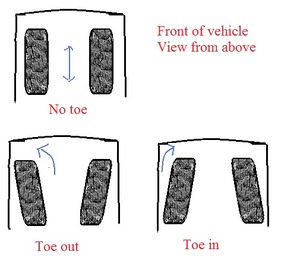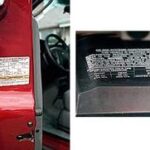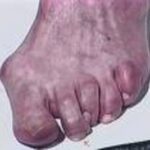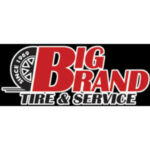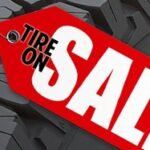Proper alignment of your vehicle is very important to how well the vehicle handles the road. Alignment also affects tire wear. When a car is not aligned correctly, driveability is reduce and tires wear out quickly. With older vehicles, owners only had to worry about front-end alignments. Rear suspensions were fairly solid. New vehicles may need alignment on both the front and rear suspensions.
Camber:
Camber defines the top of the tire leaning into, or away from, the center of the vehicle. When the top of the tire tilts inwards, the camber is negative. An outward tilt indicates positive camber. Excess positive camber will cause more wear on the outer edge of the tire and increase wear on suspension components. Negative camber wears the inner edge of the tire.
Caster:
Caster is a tilt to the upper portion of the steering axis. The centerline of the tire is forward or behind the centerline of the lower and upper steering pivot points or axis. When the axis is tilted back, the caster is positive. A forward tilt is negative. Caster is influenced by the height of the car. Modifying the front or rear to raise or lower the vehicle will cause a change in caster. The same change may be noticed if a heavy load is placed in the trunk.
Caster does not affect the wear of the tires. Incorrect caster will cause a car to pull to one side. The pull will be to the side with the smallest positive caster. In cases of negative caster, steering can be difficult at high speeds and wheel return, after turning, may be reduced.
Toe:
Cars should roll forward, parallel to the roadway. The normal position of the tires should be in a straight line. With toe, the front of the tire is angled inwards or outwards from the center of the vehicle. When the front of one, or more, tires aims outwards, away from the vehicle it is subject to negative toe. If the front of the tire aims inwards, it has positive toe.
If the toe on the tire is not correct, the vehicle’s steering may be unstable. The car may also pull excessively to the right or left. Improper toe setting will cause tires to wear out quickly. Newer vehicles may need to have toe adjustment performed on the rear wheels as well as the front.
Caster and camber are normally controlled by struts in newer vehicles. Strut replacement may be required to solve alignment problems. Exact alignment it not always possible, in many cases an alignment will be completed to a “close enough” tolerance. Alignment may also depend on the driver. Racecars and off-road vehicles will need alignments specific to the driving style.
There are many reasons a car may need an alignment performed. When components are replaced in front or rear suspensions, an alignment is usually required. Rough roads can cause a vehicle to become mis-aligned. The age of the vehicle and number of miles driven also affect wear on proper alignment. If your vehicle is not handling well, or the tires are wearing abnormally, have your alignment checked.
